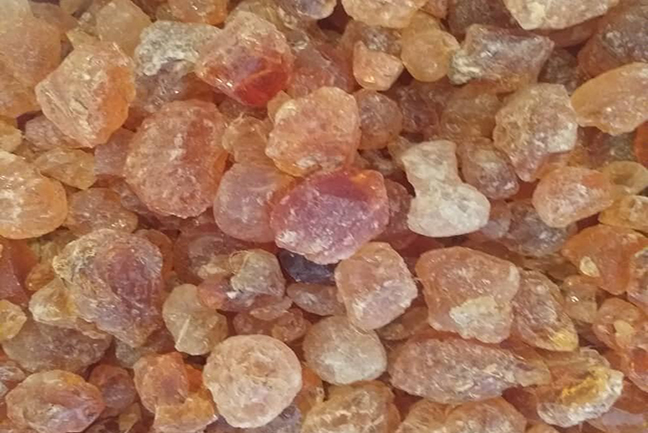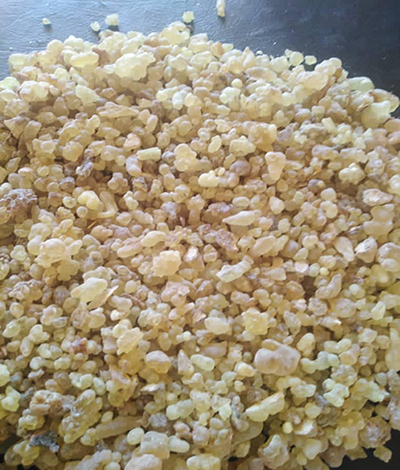Gum Arabic
Gum Arabic is the dried gummy exudation of high molecular polysaccharides obtained from the stems and branches of Acacia senegal. L. Willdenow.
Gum Arabic
Gum Arabic is the dried gummy exudation of high molecular polysaccharides obtained from the stems and branches of Acacia senegal. L. Willdenow.Gum Arabic has no taste or odor, is naturally secreted from the Acacia Senegal tree frequently found in Africa and specially in the Sudan.
Gum Arabic is a rich source of dietary fibers. It has a widespread use in food and pharmaceutical industries as a safe thickener, emulsifier, and stabilizer. It also possesses a broad range of health benefits that have been evidently proved through several studies.
Gum Arabic acts as a natural prebiotic that enhances the growth and proliferation of the beneficial intestinal microbiota and therefore its intake is associated with many useful health effects.

Gum Arabic Types

Sudan Gum Arabic Production
Sudan produces 80% of the world production. The production capacity is estimated to be 100,000 tons per year.

The sites producing gum Arabic in Sudan
Sudan produces 80% of the world production. The production capacity is estimated to be 4,000 tons per year.
The sites producing gum Arabic in Sudan: -
Kordofan region 49.3%
Kassala region 24.4%
Darfur region 23.4 %
White and Blue Nile region 2.9%
livery stables and grazing 2
• White Sesame (Gadarif Sesame): This type is characterized by gradation of the outer color of the seed from white to yellowish white, provided that the colored seeds shall not exceed 5%.
• Mixed Sesame (Commercial): In this type, the colored seeds shall not exceed a maximum of 25% compared to the white - yellowish white color.
• Brown Sesame (Red): Brown sesame seeds are known for its high oil content. In this variety, the outer color of the seeds varies from golden to brown, as it contains 26 % or more of colored seeds.

